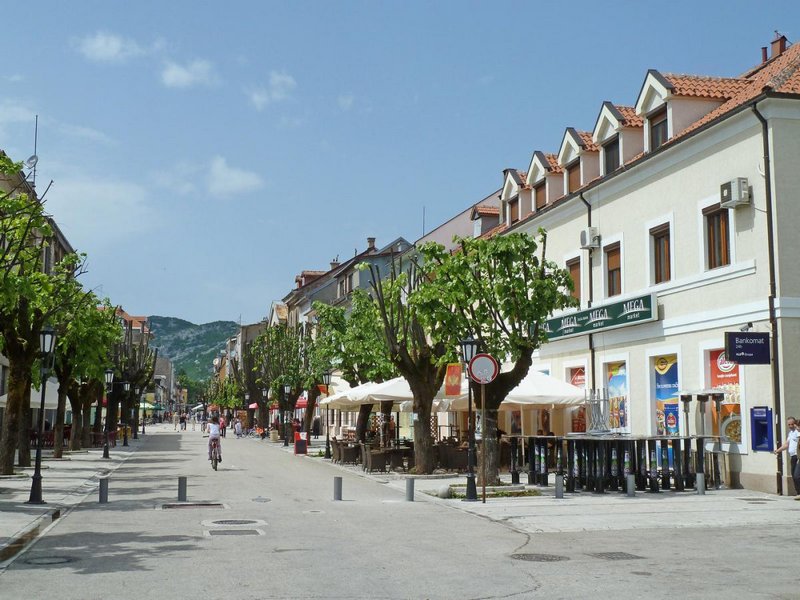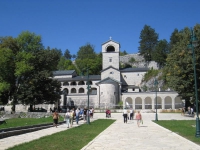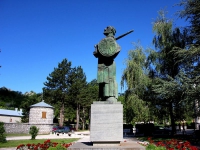Visit Cetinje
Since the year 1946 the official capital of Montenegro has been the city of Podgorica - a modern, dynamic, and fast-developing place situated close to the countries center, however the cultural and spiritual heart of Montenegro has always been Cetinje.
The city situated at the foot of Lovcen mountain was founded in 1482, when the ruler of that time had to find a more safe capital during the war with the Turks. The name of the city comes from the name of the river Cetina flowing through the valley. With time the city became the center of the Orthodox Church in Yugoslavia, and also the main place of the opposition against the Turkish invaders. The city was developed the most during the ruling of king Nikola I Petrovic Negus.
Nowadays Cetinje is the historical and cultural center of Montenegro. Many museums are located here, along with historical monuments, the ministry of culture and the official residence of the countries President. Three faculties of the Montenegrian University are also situated here – the faculty of fine arts, the faculty of dramatic art and the musical academy along with the oldest school of the city (1834) – the primary school of Peter II Petrovic Negus.
Unlike the coastal cities, Cetinje isn’t the center of Montenegrian tourism, however that doesn’t make its value less. There are so many things to see here for the searchers of spiritual and splendid!
The oldest point of interest is the Vlaska church, built in 1405. Old Greek frescos are held here, and the churches fence was made from 2000 trophy guns captured by the montenegrians during the battles with the Turks. An important historical monument is the Palace of king Nikola – it is now a museum with thousands of pieces of archeological, ethnographical, historical value, among which are the collection of awards, weapons, stamps, coats of arms, flags and pictures. The palace of Biljarda – a former residence of Peter II Petrovic Negus, built in 1838 – now a collection of compositions written by this famous Montenegrian ruler, poet are held here. You can also see his personal belongings, books, money and weapons.
The main sight of the city is the monastery of Cetinje. It is a place where former Montenegrian rulers sat. It was built in 1483. Here the right hand of John the Baptist is held and also the fragment of the Holy Christ along with the relics of Saint Peter of Cetinje.
The museums, archives, galleries and the art academies make Cetinje one of the most attractive places in Montenegro. A must see is the mausoleum on Lovcen mountain. It is situated 1660 m above sea level, within 15 km from Cetinje. Here lies the most famous Montenegrian ruler – Peter II Petrovic Negus. The mausoleum was created by the sculptor Ivan Mestrovic and from here opens a fantastic view of the country!
Another place with a beautiful view of Cetinje is the Eagle Mountain – here lies the founder of the Petrovic dynasty prince Danilo I. Have a look at the sculptured map of Montenegro situated not far from the monastery of Cetinje. The map was made by the Austrian officers in 1917 and you can see the detail of almost every building of that time!
One of the most picturesque small towns of Montenegro is located within 15 km from Cetnje. It is called Rijeka Crnojevica by the name of the river it stands on. The first book on Cyrillic alphabet was written here.
Cetinje is the symbol of Montenegrian nation and state, made in the middle ages during the war for independence and freedom. The city is a symbol of honor, bravery, and loyalty towards ones country!





